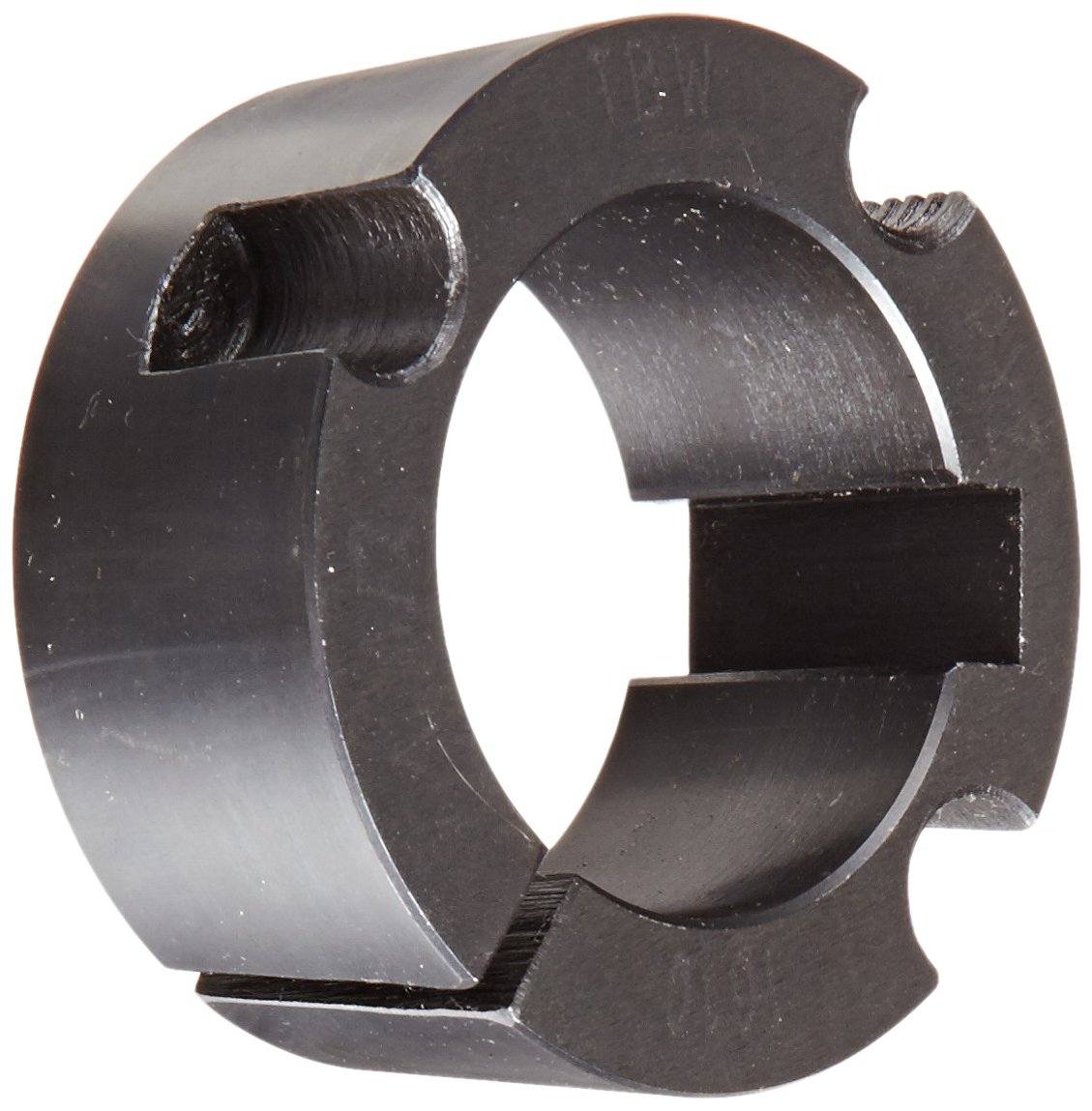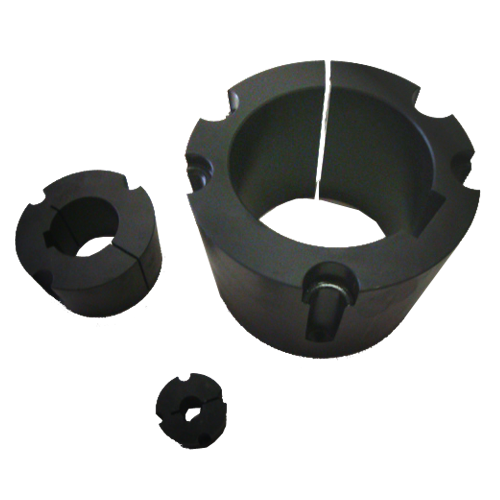
Are there specific guidelines for lubricating spline bushings, and what lubricants are recommended?
When it comes to lubricating spline bushings, there are indeed specific guidelines to follow to ensure optimal performance and longevity. Proper lubrication helps reduce friction, wear, and heat generation, enhancing the efficiency and reliability of the spline system. Here are some guidelines for lubricating spline bushings and the lubricants commonly recommended:
1. Choose the Right Lubricant:
- Selecting the appropriate lubricant is crucial for effective spline bushing lubrication. The choice of lubricant depends on various factors, including the application requirements, operating conditions, and the material of the bushings and mating components.
- Commonly recommended lubricants for spline bushings include:
- Grease: Grease is a popular choice for spline bushings due to its ability to stay in place and provide long-lasting lubrication. Lithium-based or synthetic greases with additives for extreme pressure and anti-wear properties are often used.
- Oil: Oil lubrication can be suitable for certain applications where continuous replenishment of lubricant is feasible. Oils with appropriate viscosity and additives for anti-wear and corrosion protection are typically used.
2. Follow Manufacturer Recommendations:
- Consult the manufacturer's guidelines and recommendations for lubricating their specific spline bushings. Manufacturers often provide detailed instructions regarding the type of lubricant, lubrication intervals, and application methods.
- Follow the manufacturer's recommendations to ensure optimal performance and to avoid potential issues such as over-lubrication or using incompatible lubricants.
3. Determine the Lubrication Method:
- Consider the lubrication method that is most suitable for your spline bushings and the specific application. The lubrication method can vary based on factors such as accessibility, operating conditions, and the desired lubricant distribution.
- Some common methods for lubricating spline bushings include:
- Manual Lubrication: This involves manually applying the lubricant directly to the bushings at specified intervals. It can be suitable for applications with infrequent maintenance requirements.
- Automatic Lubrication: Automatic lubrication systems, such as centralized lubrication systems or oil mist systems, can be used to ensure continuous and controlled lubrication of the spline bushings.
4. Monitor and Reapply Lubricant:
- Regularly monitor the condition of the lubricant and the performance of the spline bushings. Check for signs of inadequate lubrication, excessive wear, or contamination.
- If necessary, reapply lubricant or adjust the lubrication frequency based on the operating conditions and the manufacturer's recommendations.
5. Clean and Remove Contaminants:
- Before lubricating spline bushings, ensure that the surfaces are clean and free from contaminants such as dirt, dust, or old lubricant residues. Contaminants can affect the lubricant's performance and contribute to premature wear.
- Use appropriate cleaning methods, such as solvent cleaning or wiping with lint-free cloths, to remove contaminants before applying fresh lubricant.
By following these guidelines, you can ensure effective lubrication of spline bushings and promote their optimal performance, reducing friction, wear, and maintenance needs in your spline system.

Can I get advice on choosing spline bushings for applications with high shock loads?
Yes, you can receive advice on choosing spline bushings for applications with high shock loads. Spline bushings play a critical role in transmitting torque and motion in various mechanical systems, including those subjected to high shock loads. Here are some considerations and advice to help you select suitable spline bushings for such applications:
1. Material Selection:
- Opt for spline bushings made from materials that offer high strength, durability, and resistance to shock loading. Common materials used for spline bushings include steel, stainless steel, bronze, and composite materials such as reinforced plastics or self-lubricating polymers.
- Consider the specific requirements of your application, such as the magnitude and frequency of shock loads, operating temperatures, and environmental conditions. Consult with manufacturers or suppliers who specialize in power transmission components to identify materials that can withstand the anticipated shock loads in your application.
2. Load Capacity and Fatigue Life:
- Pay attention to the load capacity and fatigue life ratings of the spline bushings. High shock loads can impose significant stress on the bushings, potentially leading to premature failure or reduced performance over time.
- Ensure that the selected spline bushings have sufficient load capacity to handle the anticipated shock loads without exceeding their rated limits. Consider factors such as the intensity and duration of shock loads, as well as any dynamic factors that may affect the load distribution within the system.
3. Anti-Backlash Features:
- Look for spline bushings that incorporate anti-backlash features. Shock loads can induce sudden movements or vibrations within the system, leading to backlash or unwanted play between mating components.
- Anti-backlash spline bushings, such as those with preloaded ball bearings or special designs, can help minimize or eliminate the backlash, ensuring precise and reliable motion control even under high shock load conditions.
4. Damping and Absorption:
- Consider spline bushings that offer damping or absorption properties to mitigate the effects of shock loads. These bushings can help dissipate and absorb the energy generated by the shocks, reducing the transmission of excessive forces to the surrounding components.
- Damping or absorption features can be achieved through the use of materials with inherent damping properties or through the incorporation of additional damping elements, such as elastomeric inserts or specialized designs that enhance energy dissipation.
5. Consult with Experts:
- Seek advice from manufacturers, suppliers, or engineers who have expertise in power transmission components and applications with high shock loads. They can provide valuable insights and recommendations based on their experience and knowledge.
- Share detailed information about your application, including the operating conditions, shock load characteristics, required performance specifications, and any other relevant factors. This information will help experts guide you towards suitable spline bushing options.
By considering these factors and seeking expert advice, you can choose spline bushings that are well-suited for applications with high shock loads. Remember to thoroughly evaluate the specific requirements of your application, review technical specifications, and conduct proper testing and validation to ensure the selected spline bushings can withstand and perform reliably under the anticipated shock load conditions.

What are the key characteristics of spline bushings that make them suitable for various industries?
Spline bushings possess key characteristics that make them suitable for various industries. These characteristics include:
1. Precise Fit:
- Spline bushings are designed to provide a precise fit between the shaft and the mating component, such as a gear, pulley, or coupling. This precise fit ensures accurate power transmission and minimizes backlash or play in the system.
- The spline geometry enables a close tolerance fit, allowing for efficient torque transfer and rotational accuracy in applications where precise positioning and synchronization are critical.
2. Load Distribution:
- Spline bushings are designed to distribute loads evenly along the length of the spline contact area. This helps to reduce stress concentrations and prevents localized wear or failure.
- The spline design allows for a larger contact area compared to other types of connections, enabling efficient load transmission and improved durability, especially in high-load applications.
3. Torque Transmission:
- Spline bushings are capable of transmitting high torque loads. The spline design provides a large surface area for torque transfer, ensuring efficient power transmission without slippage or loss of rotational force.
- This characteristic makes spline bushings well-suited for applications that require high torque transmission, such as machinery, power transmission systems, automotive drivetrains, and heavy equipment.
4. Misalignment Compensation:
- Spline bushings are designed to accommodate a certain degree of misalignment between the shaft and the mating component. They can compensate for axial, radial, and angular misalignments, allowing for smooth operation even in imperfect alignment conditions.
- This characteristic is particularly valuable in applications where shafts may experience misalignment due to assembly tolerances, thermal expansion, or dynamic operating conditions.
5. Wear Resistance:
- Spline bushings are often made from materials that exhibit high wear resistance, such as hardened steel, bronze, or composite materials. These materials can withstand the repetitive sliding motion and contact stresses encountered during operation.
- The use of wear-resistant materials ensures extended service life and reduces the need for frequent maintenance or replacement, making spline bushings suitable for demanding industrial applications.
6. Lubrication and Maintenance:
- Spline bushings may incorporate features such as lubrication grooves, oil holes, or self-lubricating properties. These features facilitate effective lubrication and minimize friction, thereby reducing wear and prolonging the bushing's lifespan.
- Some spline bushings are designed to operate maintenance-free, while others may require periodic lubrication depending on the application requirements and operating conditions.
These key characteristics of spline bushings contribute to their suitability across various industries, including automotive, aerospace, machinery, robotics, marine, and power generation.
When selecting spline bushings for specific applications, it's important to consider factors such as the required torque capacity, operating environment, speed, alignment requirements, and the material compatibility with the mating components.


editor by CX 2024-05-17